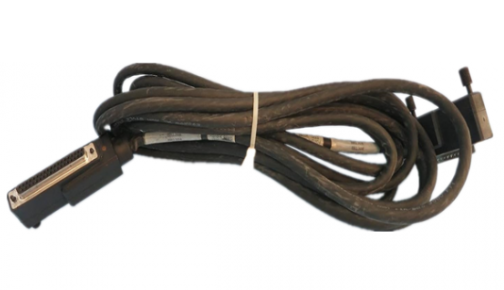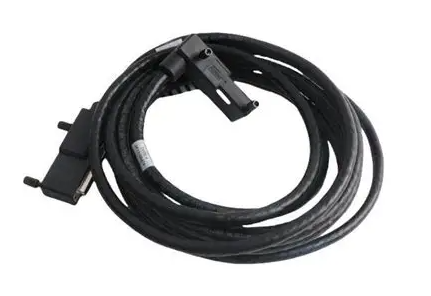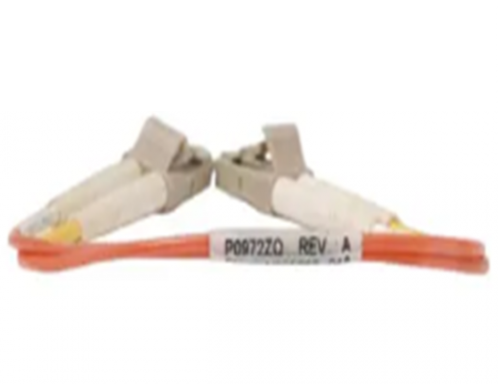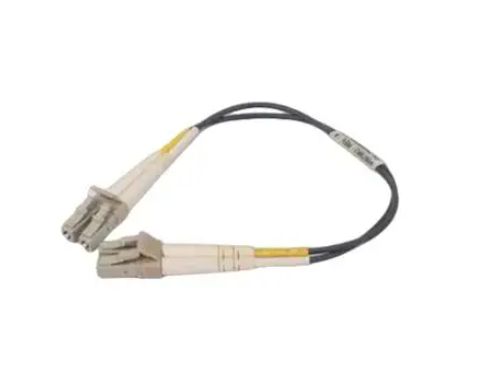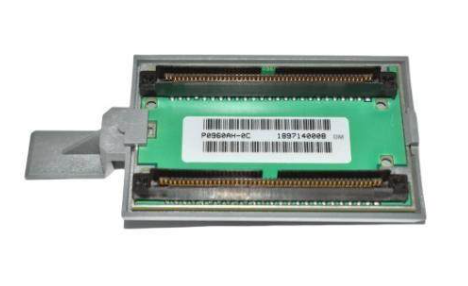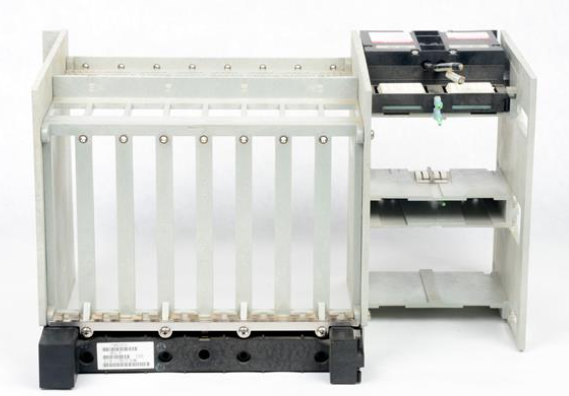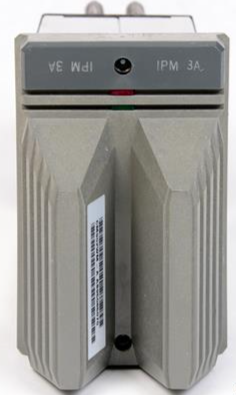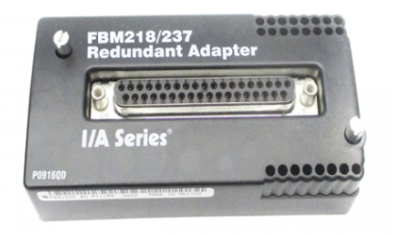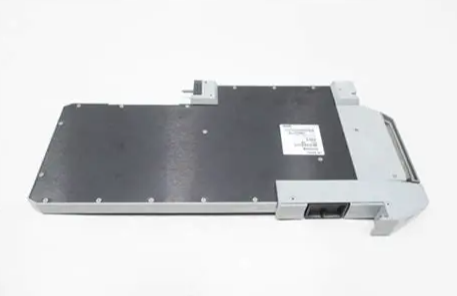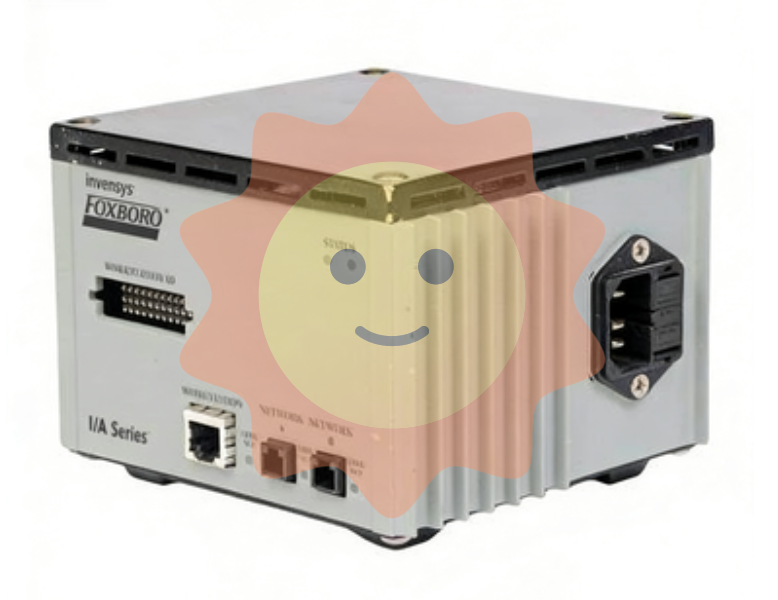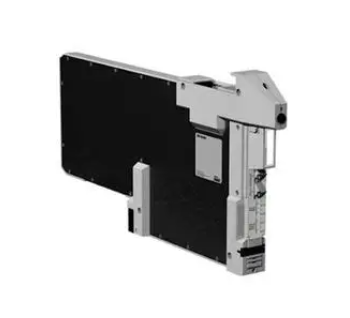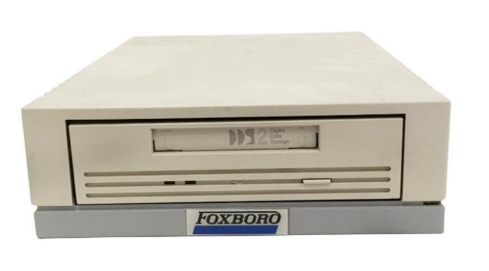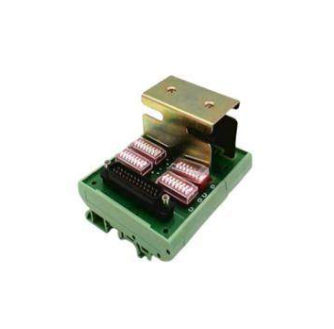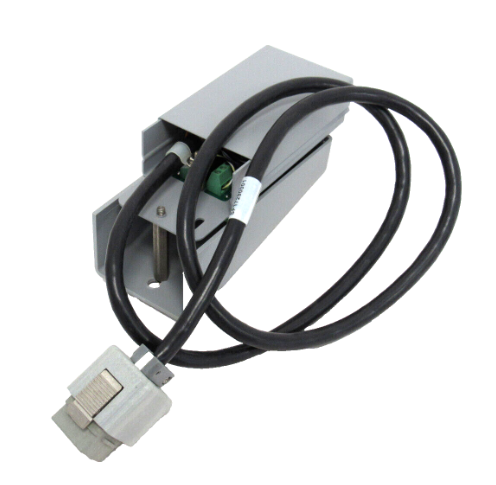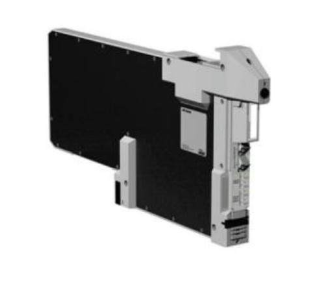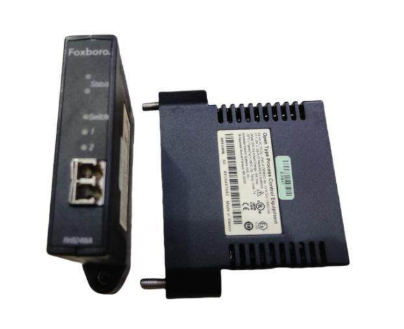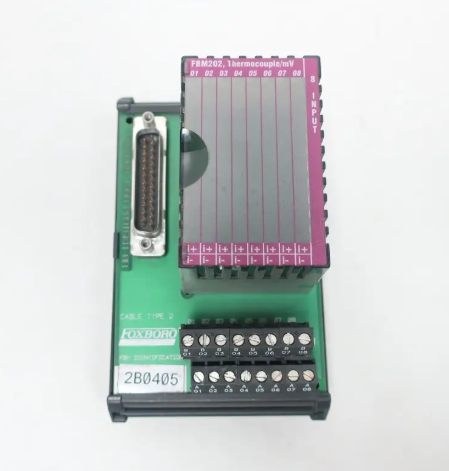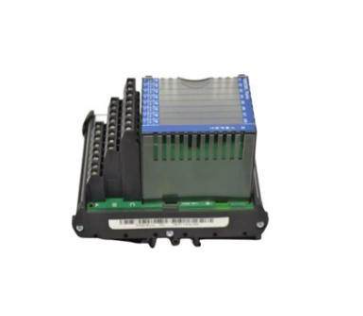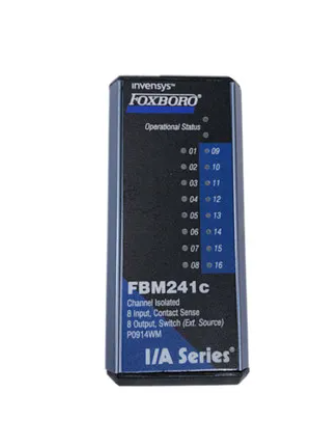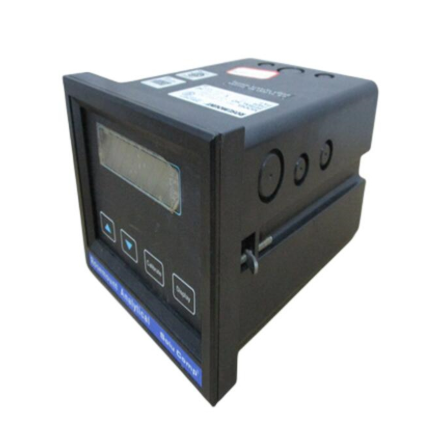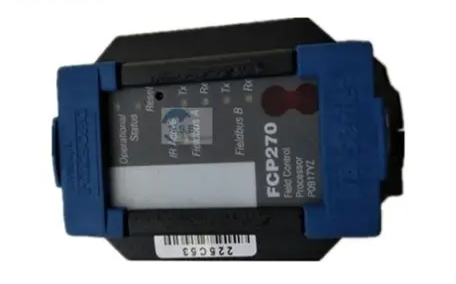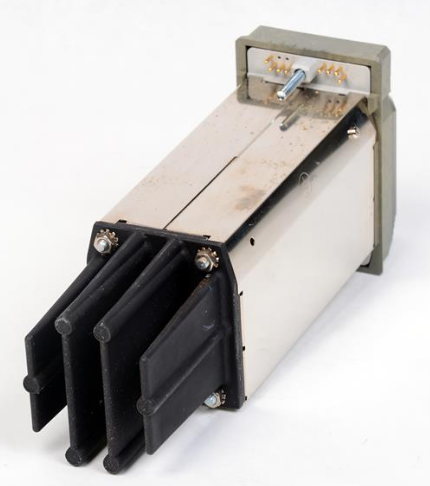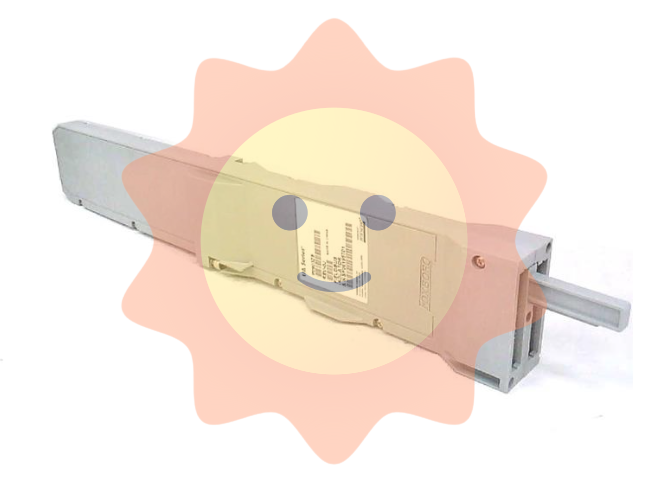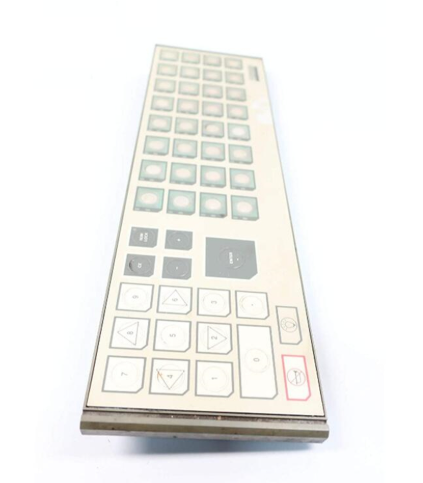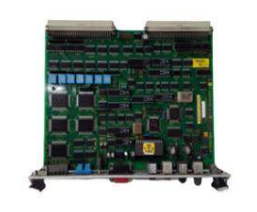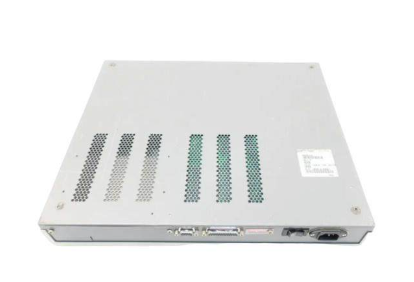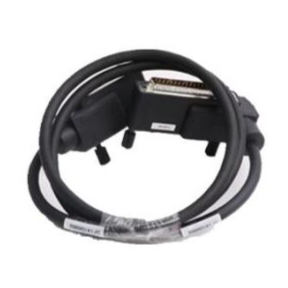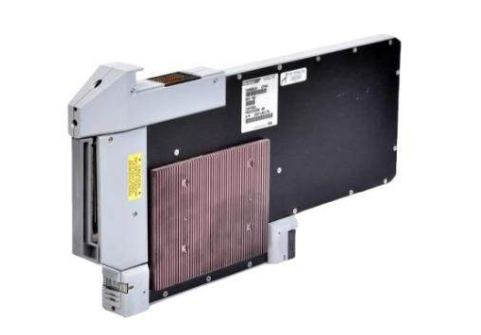The key technology of pharmaceutical process - What are the advances of crystallization technology?
Crystallization is the process by which a solid substance is removed from a vapor, solution or melt in a crystal state.
According to the different crystallization methods, crystallization can be divided into evaporative crystallization, cooling crystallization, salting crystallization, melting crystallization and sublimation crystallization.
Because the crystallization process can effectively remove other impurities in the system and the whole process has low energy consumption and is environmentally friendly, in addition, the formed solid products have a specific crystal structure and shape, and the nature is stable, so crystallization has become an important part of the production process of many drugs and intermediates, and is an effective method to prepare pure substances. It has gradually become one of the important means of purification and separation in the pharmaceutical industry.
In addition to being widely used in the impurity control of intermediates and raw materials, the crystallization process can also effectively control the crystal shape, crystal habit, particle science properties, solvent residues, humidification, etc., thus affecting downstream processes such as filtration, drying, grinding and storage and transportation. Due to the widespread existence of polycrystalline phenomenon in organic compounds, different crystalline forms have completely different physical and chemical properties such as solubility, stability, etc., which directly affect the subsequent production process and the chemochemistry of the compound, and the crystallization process is the only means to control the polycrystalline form, its importance is self-evident.
However, due to the differences in drug crystallization processes, important indicators such as crystal size, purity and crystal type are affected, which have an important impact on drug druggability, stability, safety, quality control, clinical efficacy and safety. Therefore, it is particularly important to master the influencing factors, crystallization technology and control strategy of drug crystallization.
Common problems in the development of the crystallization process of apis and intermediates:
1) Residual solvent: In the preparation process due to inappropriate crystallization conditions or improper proportion of mixed solvents may lead to the formation of solvent inclusions or solvates, resulting in sufficient drying can not remove the residual solvent;
2) Impurity problem: The choice of recrystallization solvent and crystallization process is crucial, if the choice is not appropriate, it will lead to impurities and products precipitation together and difficult to remove;

3) Material filtration problem: if the crystallization process is too fast, it will cause the material to be too fine and difficult to filter, and if the product contains too many impurities, the product viscosity will become larger, which will also lead to difficult filtration;
4) Quality of crystallized products: in the production process, there will be unqualified product quality after recrystallization, and it needs to be recrystallized several times to reach the standard, which is an unfavorable factor for both efficiency and benefit;
5) Crystallization process control: under the same crystallization conditions, the obtained crystalline products are not the same, that is, the quality of the product is unstable, which is related to the control of the reaction conditions during the crystallization process, so the influencing factors in the crystallization process should be fully considered and strictly controlled;
6) Insufficient understanding and application of emerging technologies: Due to insufficient understanding of emerging technologies, inadequate application in the process of drug crystallization has limited the development of crystallization process.
At present, although crystallization is widely used, the application of crystallization technology in the pharmaceutical industry is still challenging due to the conservative state of the overall pharmaceutical environment and the strict supervision of the pharmaceutical process.
Fortunately, the current business environment (such as increased competition, diversification of production methods, strong support for innovation) and the rapid development of related innovative technologies have provided a strong impetus for the pharmaceutical industry to adopt drug crystallization technology.
Therefore, fully understanding the progress of existing drug crystallization technology is of great significance for the application and improvement of related production methods, and it is also conducive to grasping the development and opportunities of drug crystallization technology.
01
Spherical crystallization technique
Spherical crystallization is a technology that obtains large spherical drug particles by controlling the mutual polymerization of drug molecules in the process of recrystallization. As a new particle design method, this technology can improve the relevant properties of powders (including fluidity, compressibility, bioavailability, etc.). The spherical particles with ideal particle size distribution can be obtained by controlling the process parameters (temperature, stirring rate, type and amount of solvent, type of auxiliary materials, etc.).
The common preparation methods of spherical crystallization include spherical aggregation method and emulsion-like solvent diffusion method. Ammonia diffusion method and crystallization coaggregation method are the improved methods of spherical crystallization, which are used for the main drugs which are not suitable for the classical preparation method.
(1) Spherical aggregation method (FIG. 1) : four components of main drug, good solvent, bad solvent and bridging agent are required. First, the main drug is pre-dissolved in a good solvent, and then the resulting main drug solution is poured into a bad solvent that can be miscible with the good solvent. Because the affinity between the two solvents is stronger than that between the main drug and the good solvent, drug crystallization can be produced. Finally, bridging agent is also needed to act as a bridge between precipitated particles in this process to promote the continuous process of particle aggregation.

(2) Emulsion-like solvent diffusion method (FIG. 2) : three components of main drug, good solvent and bad solvent are required. The prerequisite is that the interaction between the good solvent and the bad solvent is weaker than that between the main drug and the good solvent. In this case, even if the good solvent and the bad solvent are miscible, the solution of the good solvent of the main drug into the bad solvent will still form an emulsion-like solution rather than a suspension. Under this condition, the good solvent present in the droplet of the good solvent of the main drug slowly diffuses into the external bad solvent, while the external bad solvent penetrates into the droplet, the solubility of the main drug decreases, local susaturated droplets are generated, and crystallization occurs. The remaining good solvent in the droplet can act as a bridging agent to promote the precipitation of precipitated particles.
(3) Ammonia diffusion method: Because amphoteric substances are insoluble in neutral media and organic solvents, the above two methods are not applicable, and ammonia diffusion method can be considered at this time. This method requires four components: main drug, ammonia water, bad solvent and solvent to induce ammonia release. First, ammonia was used as a good solvent for the main drug and as a bridging agent, and then a solvent with low solubility but which could be miscible with ammonia was selected as a bad solvent. Finally, water-immiscible solvents, such as hydrocarbons, are added to the system to promote the release of ammonia. The principle is that when the ammonia solution of the main drug is poured into the mixed solution composed of an undesirable solvent and a water-immiscible solvent, the undesirable solvent molecules enter the drops of the ammonia solution, and the ammonia molecules diffuse into the organic solvent of the external phase, which eventually leads to the crystallization and no ammonium salt is produced.
(4) Crystallization copolymerization method: It is a new method of spherical crystallization preparation, breaking through the limitations that spherical crystallization technology is only applicable to dosage forms with high main drug dosage and can not be applied to compound preparations, and can precipitate excipients of drugs or other drug molecules with the main drug at the same time. This method is similar to the spherical aggregation method, the substance that needs to be crystallized is dissolved with good solvent, and the bad solvent and bridging agent are added to precipitate the crystallization and aggregate.
Spherical crystallization technology is widely used in other industrial fields, but it is less used in the pharmaceutical field, which is generally used to improve the powder properties of drugs, make the main drug suitable for direct tablet pressing or adjust the dissolution curve of the main drug, so as to achieve slow release and controlled release. Compared with the traditional granulation process, the ball crystallization process is simpler and lower in cost, which is suitable for expanding production.
02
Co-refining of raw materials and excipients
Co-refining of apis and excipients is a relatively new technology in the field of particle engineering, which can make the combination of excipients and active ingredients of drugs more uniform and stable. This method mixes two or more materials together in a specific way to obtain a composite material with better physical or chemical properties to facilitate the crystallization or separation process of the bulk drug, thereby solving some common problems associated with the production of solid preparations, such as material fluidity, stability, formability, dissolution rate, bioavailability, content uniformity, etc.
03
Continuous crystallization
At present, most of the crystallization processes in the pharmaceutical industry are intermittent operations, and the problems of batch difference and low process efficiency are obvious.
In order to solve the above problems, continuous crystallization technology came into being, with its constant operating conditions and high production efficiency in the steady state has received high attention. Continuous crystallization is a unit operation in which the mother liquid continues to flow and the slurry continues to flow. According to the analysis of relevant scholars, continuous crystallization can reduce the production cost by 9% ~ 40%.
At present, there are two main types of continuous crystallizers in common use: mixed suspension mixed discharge crystallizer (MSMPR) and continuous tube crystallizer (Figure 3). Comparing the two, it can be found that the material's residence time distribution is relatively wide and the residence time is long in MSMPR, while the residence time distribution is relatively narrow and the residence time is short in tubular crystallizer. In addition, compared with tubular crystallization, MSMPR is more suitable for the production of large-particle size crystals.

With the development of continuous crystallization research, the technology has been able to be used to produce some desired drug crystals. Compared with the intermittent process, the continuous crystallization process can provide potential economic value. However, not all processes are suitable for continuous crystallization at this stage. For example, in the production of chiral crystals, the yield of continuous crystallization is still very low. Hopefully, these bottlenecks can be resolved in the future.
04
Crystal Structure Prediction Technique (CSP)
CSP is primarily concerned with finding the most thermodynamically stable crystal structure and determining the most energetically favorable crystal arrangement in a solid without input of any experimental information. That is, the crystal structure with the lowest free energy can be found for a given chemical composition under a given pressure-temperature condition.
In general, a successful CSP calculation involves two aspects (Figure 4) : (1) generating searches for all potential low-energy structures; (2) Calculate the energy order of relative stability of a series of candidate structures.
Therefore, in order to predict crystal structure, two complementary CSP methods, global optimization and data mining, are proposed, and the global search of potential energy surface is solved.
Among them, global optimization strategy can achieve global prediction without any prior knowledge and data. Relying on powerful search algorithms, global optimization is able to generate entirely new crystal structures and compounds, including those that are not related to the original ideal net.
Data mining is a non-global optimization forecasting method based on existing knowledge and the content of crystal structure database, which can predict stable crystal structure very quickly. However, under the current level of computer technology and optimization methods, most successful cases of CSP using machine learning are limited to inorganic materials and organic molecular systems with low chemical complexity, and lack of promotion to complex molecules with higher relative molecular mass, so the prediction of drug crystal structure is limited to a certain extent, and there is still a lot of room for development.
- EMERSON
- Honeywell
- CTI
- Rolls-Royce
- General Electric
- Woodward
- Yaskawa
- xYCOM
- Motorola
- Siemens
- Rockwell
- ABB
- B&R
- HIMA
- Construction site
- electricity
- Automobile market
- PLC
- DCS
- Motor drivers
- VSD
- Implications
- cement
- CO2
- CEM
- methane
- Artificial intelligence
- Titanic
- Solar energy
- Hydrogen fuel cell
- Hydrogen and fuel cells
- Hydrogen and oxygen fuel cells
- tyre
- Chemical fiber
- dynamo
- corpuscle
- Pulp and paper
- printing
- fossil
- FANUC
- Food and beverage
- Life science
- Sewage treatment
- Personal care
- electricity
- boats
- infrastructure
- Automobile industry
- metallurgy
- Nuclear power generation
- Geothermal power generation
- Water and wastewater
- Infrastructure construction
- Mine hazard
- steel
- papermaking
- Natural gas industry
- Infrastructure construction
- Power and energy
- Rubber and plastic
- Renewable energy
- pharmacy
- mining
- Plastic industry
- Schneider
- Kongsberg
- NI
- Wind energy
- International petroleum
- International new energy network
- gas
- WATLOW
- ProSoft
- SEW
- wind
- ADVANCED
- Reliance
- YOKOGAWA
- TRICONEX
- FOXBORO
- METSO
- MAN
- Advantest
- ADVANCED
- ALSTOM
- Control Wave
- AB
- AMAT
- STUDER
- KONGSBERG
- MOTOROLA
- DANAHER MOTION
- Bently
- Galil
- EATON
- MOLEX
- Triconex
- DEIF
- B&W
- ZYGO
- Aerotech
- DANFOSS
- KOLLMORGEN
- Beijer
- Endress+Hauser
- MOOG
- KB
- Moxa
- Rexroth
- YAMAHA
- Johnson
- Westinghouse
- WAGO
- TOSHIBA
- TEKTRONIX


Email:wang@kongjiangauto.com



